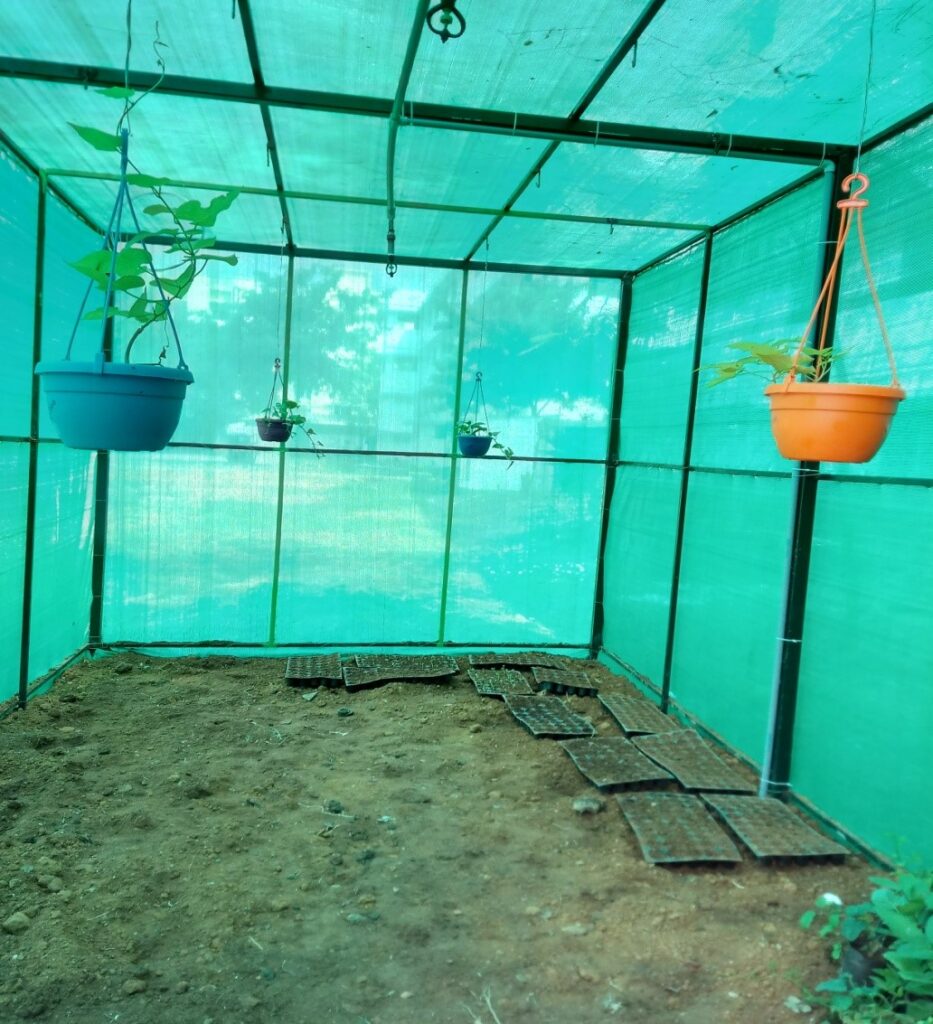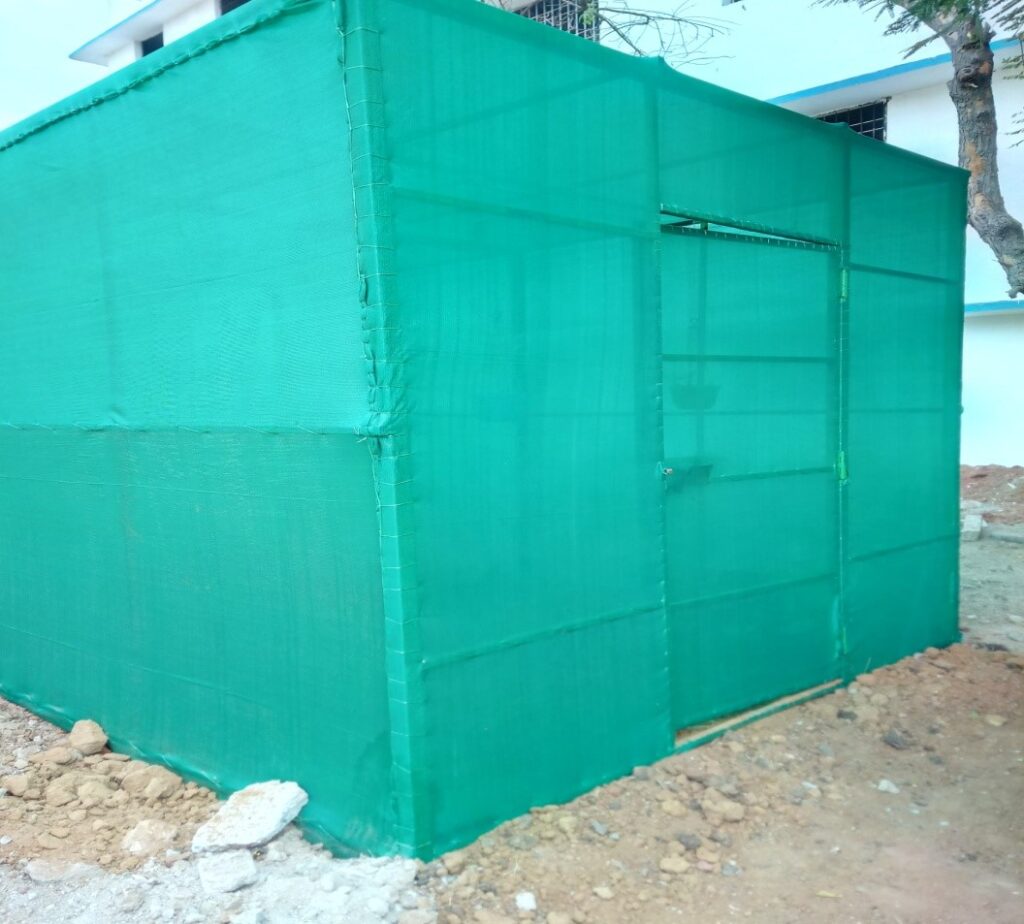- Home
- Organic Farming
Poly House :
A poly house, short for polyethylene house, is a type of greenhouse structure used in agriculture. It is constructed using materials like polyethylene sheets, which are durable and cost-effective. These structures are designed to provide controlled environmental conditions for plant growth, allowing us to extend the growing season and protect crops from adverse weather conditions, pests, and diseases.
Poly houses can vary in size from small backyard structures to large commercial operations. They typically feature a frame made of materials like metal or PVC pipes, covered with translucent polyethylene film. The translucent nature of the material allows sunlight to enter, creating a greenhouse effect that warms the interior while trapping heat.
Key advantages of poly houses include:
- Temperature Control: Poly houses help regulate temperatures, creating a warmer environment suitable for plant growth, even in colder climates. They also provide shade during hot weather, preventing excessive heat buildup.
- Protection from Weather: Poly houses shield crops from adverse weather conditions such as rain, wind, and hail, reducing the risk of damage and ensuring consistent growth.
- Pest and Disease Control: By enclosing plants, poly houses help prevent pests and diseases from affecting crops, reducing the need for chemical pesticides and minimizing crop losses.
- Increased Yield: With optimal growing conditions maintained inside the poly house, crops can achieve higher yields compared to open-field cultivation.
- Extended Growing Season: Poly houses enable farmers to grow crops outside of their typical seasons by providing a controlled environment, thus extending the growing season and potentially increasing profitability.
- Water Conservation: The enclosed environment of poly houses reduces water evaporation, leading to more efficient water usage and conservation.
Overall, poly houses offer an effective solution to enhance productivity, protect their crops, and mitigate risks associated with outdoor cultivation. They are widely used across the globe in various agricultural settings, from small-scale farms to large scale.




